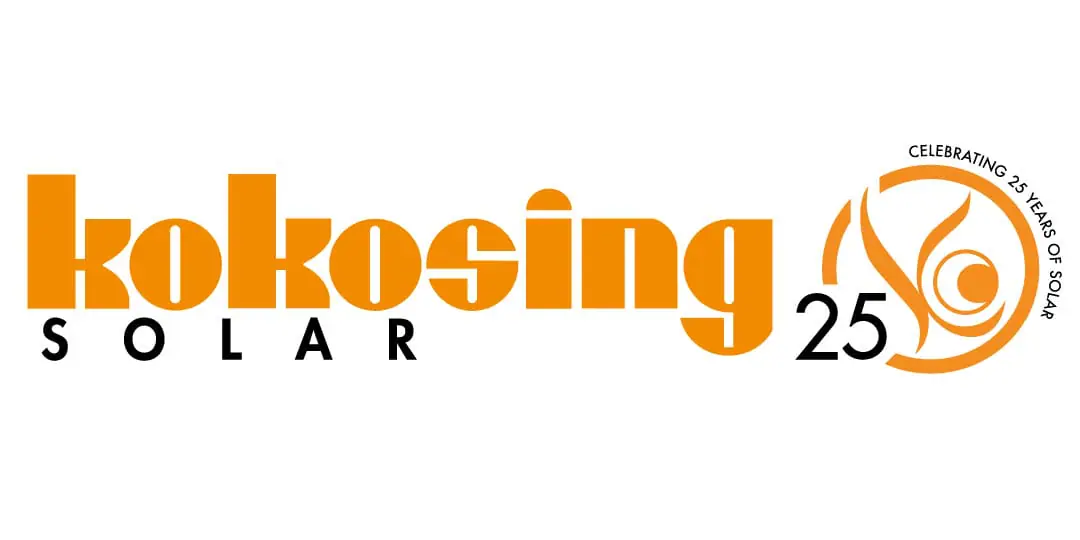In 2003, I was beating my hand against doors to convince businesses to install solar, and my head against the wall trying to get investors to put their money into no-money-down solar contracts.
Eleven years later, I am watching people who are now switching to solar. However, the solar switch is not based only on their values – these energy consumers are also simply anxious to save money on energy. When and where solar makes economic sense, it is being deployed. And the places to deploy it are increasing – 300 utilities in 30 states are now cost-effective for solar power.
The result is that the state of the solar industry has never been better. The facts and figures below reflect that solar has hit the tipping point.
29 Percent
Solar accounted for 29 percent of all new electricity generation capacity added in 2013, up from 10 percent in 2012. Solar was the second largest source of new electricity generating capacity behind natural gas. In ten states, including Illinois and Missouri, solar power represented virtually 100 percent of new electrical capacity added in 2013.
2.2 Million Homes
There is now enough solar capacity to power more than 2.2 million average American homes. Cumulative solar electric capacity operating in the U.S. reached more than 13,000 MW.
Solar is Cheaper
Year-over-year, the national average solar PV (photovoltaic) installed system price declined by 15% to $2.59/W in Q4. The average price of a solar panel has declined by 60 percent since the beginning of 2011.
2014, Another Record Year
Close to 6,000 MW of solar PV is forecasted to come online throughout 2014, which represents 26% growth over 2013’s record installation totals.
2014 will be a record year for CSP (concentrating solar power) as 840 MW are expected to be commissioned by year’s end.
Together, new solar electric capacity projected to be added in 2014 will generate enough clean energy to power over 1.13 million average American homes.
143,000 Solar Workers in the U.S.
According to The Solar Foundation’s Solar Job Census 2013, there are nearly 143,000 solar workers in the U.S., a nearly 20 percent increase over employment totals in 2012. These workers are employed at 6,100 businesses operating at over 7,800 locations in all 50 US states and territories. The solar industry is expecting to hire for over 2,000 new jobs per month in 2014. The increasing value of solar installations has injected life into the U.S. economy as well. In 2013, solar electric installations were valued at $13.7 billion, compared to $11.5 billion in 2012 and $8.6 billion in 2011.
The Top Ten States:
According to SEIA’s U.S. Solar Market Insight 2013 Year in Review, the Top 10 Solar States based on solar capacity installed in 2013 are as follows:
- California
- Arizona
- North Carolina
- Massachusetts
- New Jersey
- Hawaii
- Georgia
- Texas
- New York
- Colorado
Solar Tipping Point
Being able to report these numbers is a thrill. For me, solar started an uphill battle to convince top companies to install it. Today, companies like Walmart, Kohl’s, and Staples are the largest users of solar power in the United States. With rapidly rising electricity rates, solar is turning out to be the right technology at the right time. It is making solar a no-brainer for many businesses and residents – even if you are only installing solar to save money.
Yes, solar has reached its tipping point moment as defined by Malcolm Gladwell.

